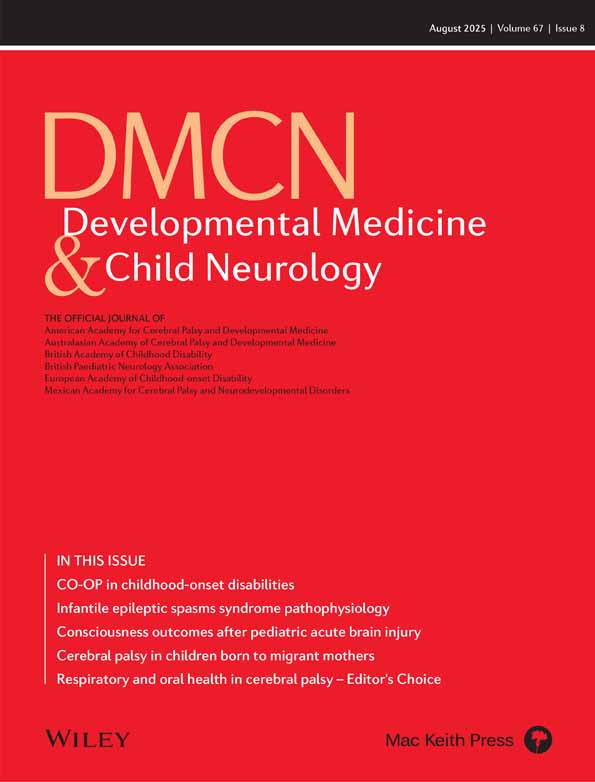Reduced accommodative function in dyskinetic cerebral palsy: a novel management strategy
Abstract
A9-year-old boy with dyskinetic cerebral palsy secondary to neonatal encephalopathy is described. He presented with blurring of near vision which had begun to impact on his school work. Objective assessment of accommodation showed that very little was present, although convergence was almost normal. The near-vision symptoms were completely removed and reading dramatically improved with the provision of varifocal spectacles. Varifocal lenses provide an optimal correction for far, intermediate (i.e. for computer screens), and near distances (i.e. for reading). Managing this type of patient with varifocal spectacles has not been previously reported. It is clearly very important to prescribe an optimal spectacle correction to provide clear vision to optimize learning.




